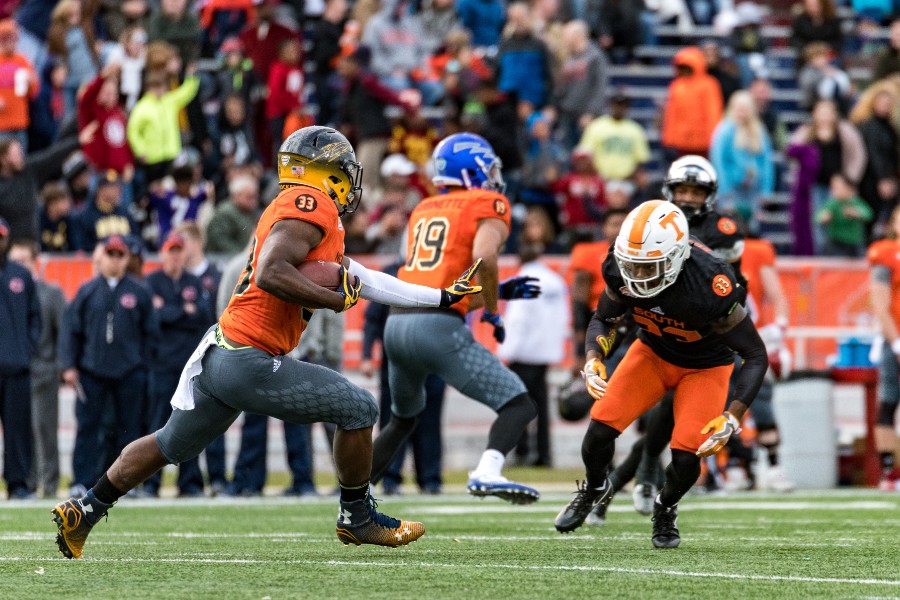Bruce
Bender and Chloe, the real Members of the Year
Original poster
Supporting Founder
Lifetime Supporter
- Nov 29, 2003
- 17,658
- 23,173
This is from Nielsen, the ratings folks, not some blogger, showing streaming is way up in November, while Traditional TV is way down in the one month they do not like it to be down, Sweeps, when they set the Advertising Rates based on Ratings.

Netflix, HBO Max and YouTube all achieved double-digit viewing increases in November, up 13.1%, 12.2% and 11.8%, respectively versus October. Netflix also saw the most significant monthly increase in share (+0.4) to finish November with 7.6% of TV.
On a year-over-year basis, time spent watching cable content declined 9.3% and the category lost 5.1 share points.

 www.mediaplaynews.com
www.mediaplaynews.com
Netflix, HBO Max and YouTube all achieved double-digit viewing increases in November, up 13.1%, 12.2% and 11.8%, respectively versus October. Netflix also saw the most significant monthly increase in share (+0.4) to finish November with 7.6% of TV.
On a year-over-year basis, time spent watching cable content declined 9.3% and the category lost 5.1 share points.

Nielsen: TV Viewing Surged in November, Powered by Football and Streaming Content - Media Play News
Live sports and streaming dominated consumer home entertainment consumption in November, according to new data from Nielsen. The media measurement company’s monthly snapshot of total TV and streaming usage in the United States revealed that time spent watching television climbed considerably in...


